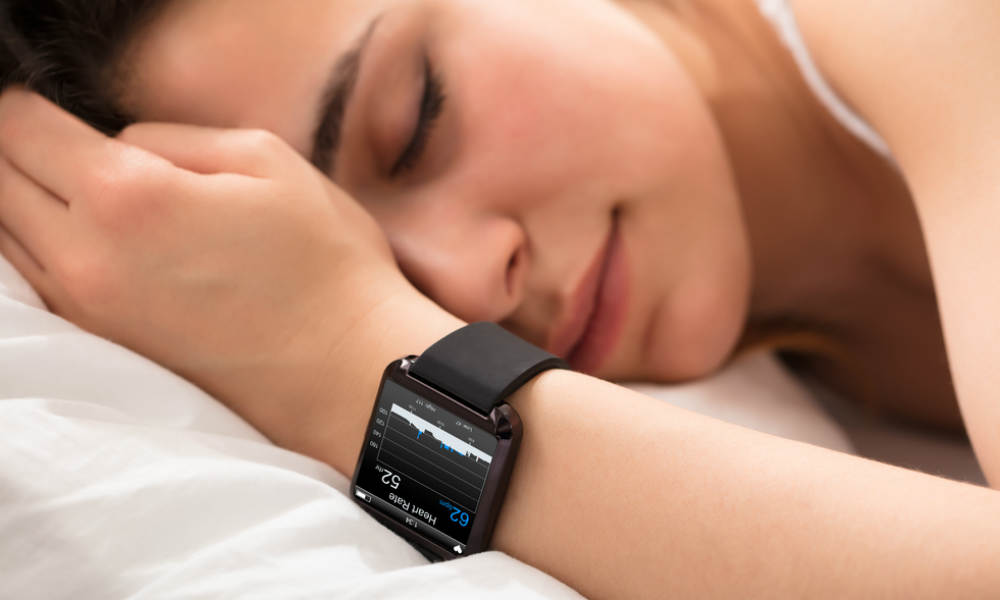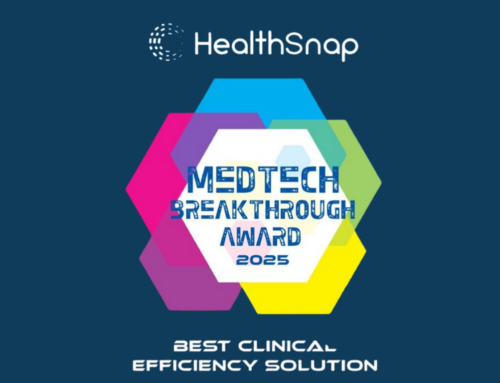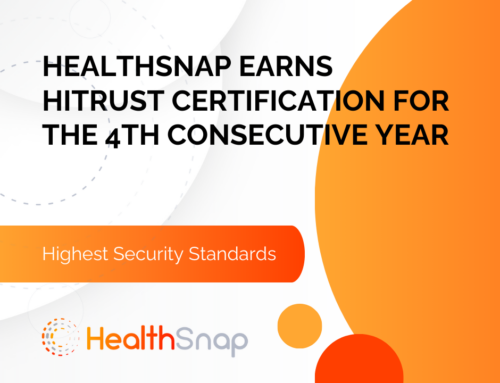It’s no secret that a good night’s sleep is key to waking up refreshed and having a productive day, but scientists are just beginning to crack the surface on how sleep quality affects your overall health. Studies have linked poor quality or insufficient sleep with being overweight, greater risk of being diagnosed with type 2 diabetes, and even an increased risk of coronary artery calcification (buildup of calcium in the arteries that can often lead to a heart attack). There are also strong links between sleep and general immune system functionality—how many times have we all gotten sick the same week we’ve been pulling all-nighters on that important project?
Of course, there are a lot of understandable reasons why getting enough high-quality sleep is difficult—barriers like stress, overscheduling, too much screen time, ambient noise and poor air quality can all have a negative effect on the amount and quality of sleep you get. Fortunately, as we learn more about how sleep affects our bodies, researchers and scientists from both academia and industry have begun to work on innovative solutions to help us all find that elusive good night’s rest. From basic sleep hygiene to cutting-edge digital health technology, there have never been more tools to improve sleep quality and duration.
Low Hanging Fruit: Sleep Hygiene
Regardless of your sleep history, there are simple habits anyone can take to improve their sleep quality and duration at little or no cost:
- Quit smoking. Poor sleep is just one of many reasons not to smoke, but it’s an important one—nicotine is a stimulant that can make it difficult to fall asleep and has been shown to correlate with lighter sleep (as opposed to more restorative deep sleep). Additionally, the many lung ailments caused by smoking also affect sleep quality and can also lead to sleep apnea.
- Avoid caffeine and alcohol before bed. Like nicotine, caffeine is a stimulant that can make it difficult to fall asleep. Alcohol is a depressant, which might lead one to believe that it could aid in falling asleep, but no, just the opposite! Alcohol can confuse your circadian rhythm, cause breathing problems and, of course, lead to extra trips to the bathroom in the middle of the night.
- Limit screen time before bed. An increasing body of scientific literature is showing that “blue light” from electronic devices like smartphones, tablets and laptops can lead to poor quality sleep, and today’s ever-brighter screens aren’t helping. While there is yet to be a consensus on how long before bedtime you should refrain from using tablets and smartphones—recommendations vary from 30 minutes to 2 hours—most scientists agree that checking your social media under the covers until the very last moment before you fall asleep is detrimental to waking up rested and refreshed.
- Avoid long naps, or napping late in the day. Routine is critical for good sleep, and taking long naps during the day, especially later in the day, can confuse your body into thinking that it already has enough rest when it’s time to go to bed. Making it through the entire day without napping is optimal but, if you must, short naps in the late morning or early afternoon are least detrimental to getting a good night’s sleep.
Sleep Technology – Wearable Sleep Monitoring Devices and Apps
If sleep hygiene on its own doesn’t lead you to a solid night’s sleep, there are countless apps, wearables, and other devices that have been designed to ensure that you’re getting the best possible sleep you can.
To help you better understand your sleep quality, there are a number of different devices available to track and monitor your sleep quality. Activity monitors and smartwatches from Garmin, Fitbit, and Polar, as well as smartphone apps that use the phone’s accelerometer (and sometimes microphone) to determine sleep quality, are simple and inexpensive ways to get a basic picture of your sleep health. For those who want a more nuanced view of their sleep health, or for those who have trouble sleeping while wearing a watch or bracelet and don’t want to use their phones, sleep tracking devices from Nokia and SleepScore are able to passively monitor your sleep.
In addition to monitoring, several manufacturers offer wearable devices that can actually help you sleep better. SleepSmart from Phillips is a headband that produces soft noises that are tailored customized to encourage deep, restful sleep. A similar device from the French startup Dream functions similarly but also includes a pulse oximeter to monitor oxygen saturation which can be useful in diagnosing various sleep disorders.
Sleep tech has also found a home in tablets and phones—in 2016, Apple introduced “Night Shift” functionality in their phones and tablets that reduced blue light in the evening, making the screen appear warmer and reducing its impact on circadian rhythm. Other manufactures, including Samsung, followed Apple’s lead by release similar blue light filters later that same year.
The Future of Sleep
Interest in sleep health and development of sleep technology have both skyrocketed in the last two years. From dedicated panels at the Consumer Electronics Show to major industry stakeholders entering the sector, sleep looks to be a major trend in both health and technology for the foreseeable future. New technology, including advancements in robotics and machine learning, hold enormous potential for improving the sleep health of consumers, building on proven sleep hygiene techniques and inventing innovative new ways to wake up feeling rested and energized each morning.
Help your patients understand how their lifestyle impacts their health by encouraging them to use our data-driven lifestyle management platform. With HealthSnap, you can easily view and understand your patient’s lifestyle health in a tangible report and make data-driven care decisions based on lifestyle data. Sign up for a FREE trial today by clicking here and make the lifestyle conversation easy!






